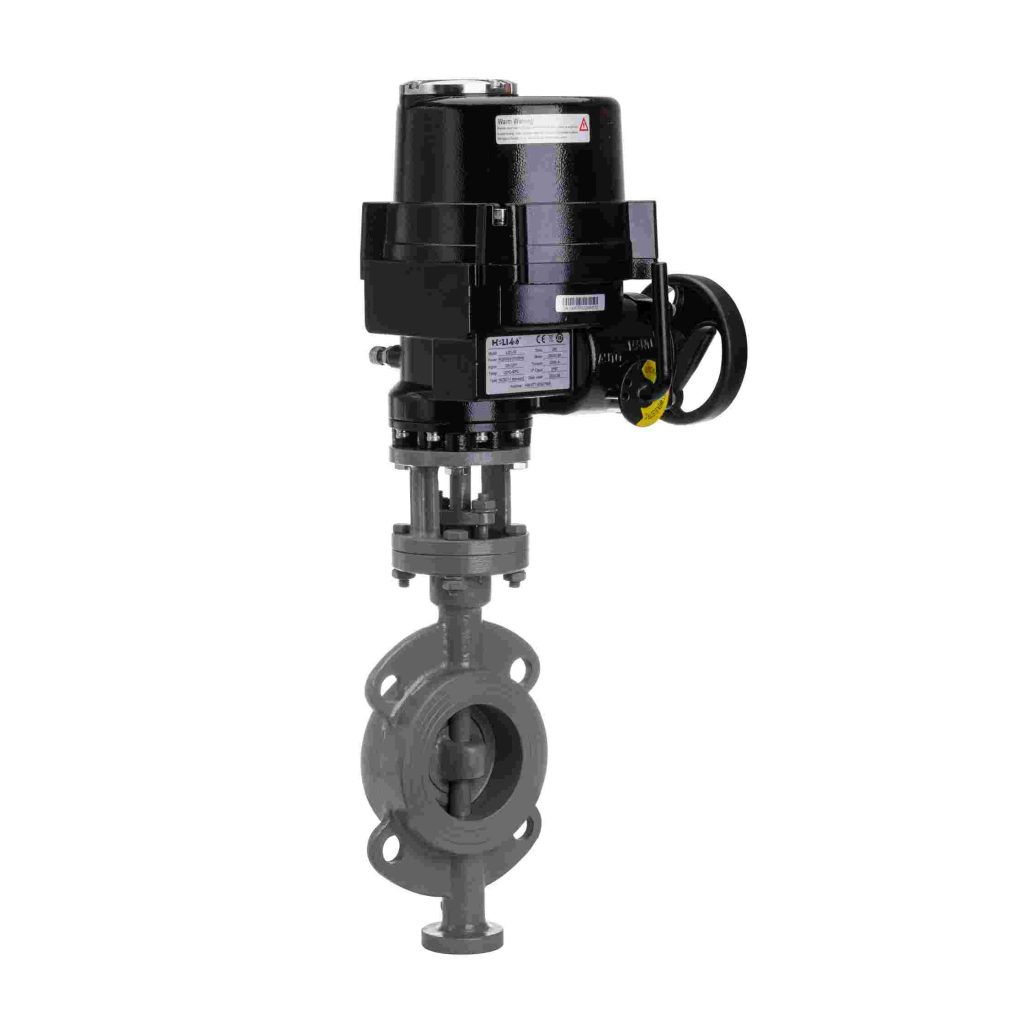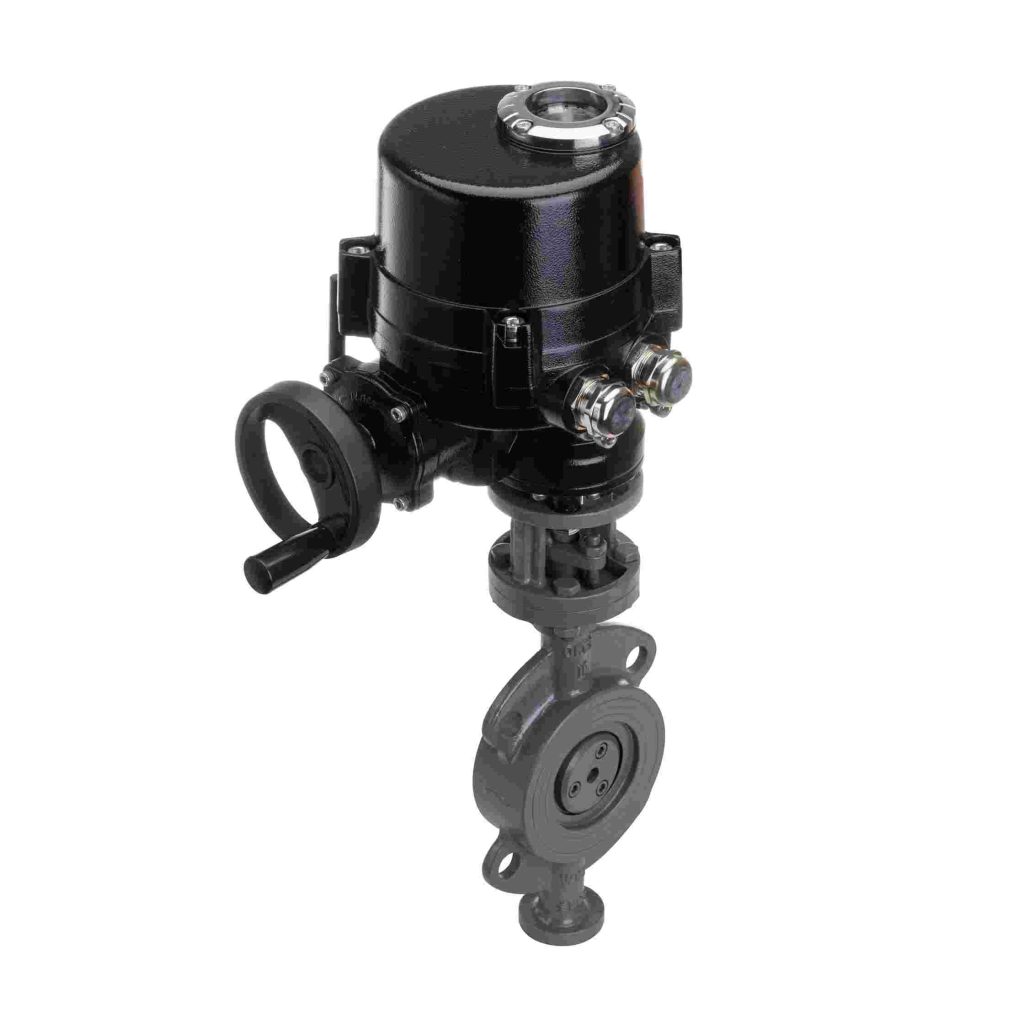As the world continues to transition towards renewable energy sources, hydrogen energy has gained significant attention for its potential to revolutionize various industries. The maritime sector, in particular, has begun exploring hydrogen as a viable alternative to conventional marine fuels, with an increasing focus on reducing carbon emissions and enhancing environmental sustainability. A crucial component in the development of hydrogen-powered vessels is the Hydrogen Energy Marine Electric Butterfly Valve. This article delves into the role and significance of these valves in the context of maritime hydrogen energy applications, discussing their function, advantages, and future prospects.

The Role of Hydrogen Energy in the Maritime Industry

The maritime industry is responsible for a substantial portion of global greenhouse gas emissions. In response to the pressing need for decarbonization, various alternative fuel solutions have been explored, with hydrogen emerging as a leading candidate. Hydrogen, when used as a fuel, produces only water vapor as a byproduct, making it an attractive option for reducing harmful emissions from ships. Hydrogen fuel cells and combustion engines powered by hydrogen are being integrated into both commercial and research vessels, paving the way for a more sustainable maritime future. However, for hydrogen to be safely and effectively utilized in marine applications, various components and systems must be adapted to handle the unique properties of hydrogen, such as its low energy density, high flammability, and the need for high-pressure storage.
